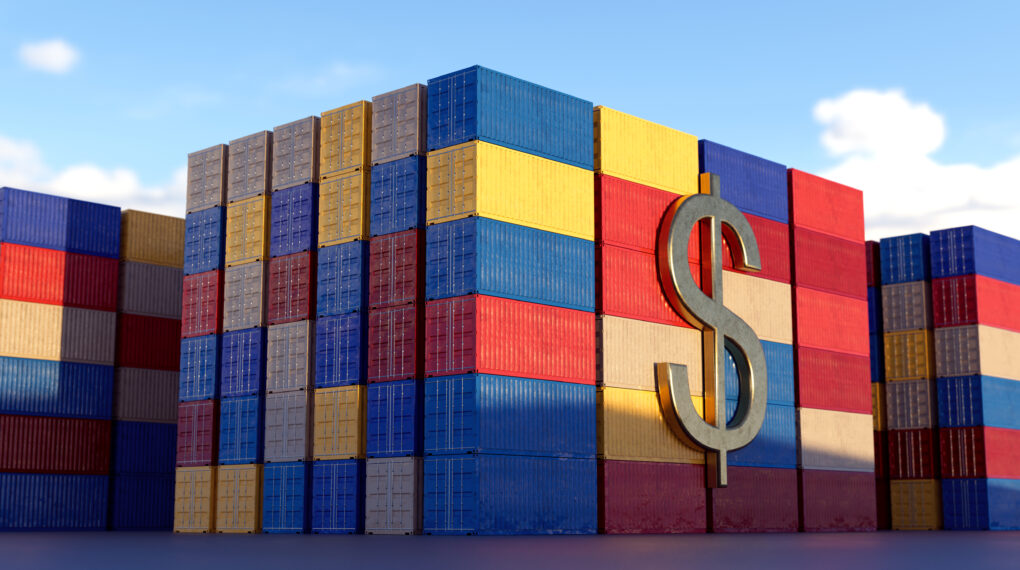Reciprocal tariffs are a trade policy tool where a country imposes tariffs on imports that match the tariffs or trade barriers its exports face in another country. Essentially, it’s a tit-for-tat approach aimed at addressing trade imbalances or perceived unfair practices.
For example, the U.S. recently announced reciprocal tariffs targeting countries with higher tariffs on American goods. These tariffs are calculated based on the rates those countries impose on U.S. exports. The idea is to encourage fairer trade practices, but such measures can also lead to trade disputes or economic repercussions.
Would you like to explore how these tariffs impact global trade or specific industries?
Reciprocal tariffs can be beneficial in certain contexts, but their impact largely depends on how they are applied and the circumstances surrounding trade relationships. Here’s a breakdown of the pros and cons:
Potential Benefits

- Promoting Fairness: Reciprocal tariffs can incentivize trading partners to lower their tariffs or trade barriers, creating a more level playing field.
- Protecting Domestic Industries: They can shield domestic businesses from unfair competition if other countries impose higher export tariffs.
- Leveraging Negotiations: Countries may use reciprocal tariffs as a bargaining tool in trade negotiations to secure better terms.
Potential Risks
- Higher Consumer Costs: Tariffs often lead to increased prices for imported goods, which can burden consumers.
- Trade Wars: Reciprocal tariffs can escalate tensions and trigger retaliatory measures, harming global trade.
- Economic Disruption: Industries reliant on imports or exports may face challenges, leading to uncertainty and reduced economic growth.
The success of reciprocal tariffs depends on careful implementation and strategic diplomacy. If applied poorly, they could backfire and hurt the economy instead of helping.



